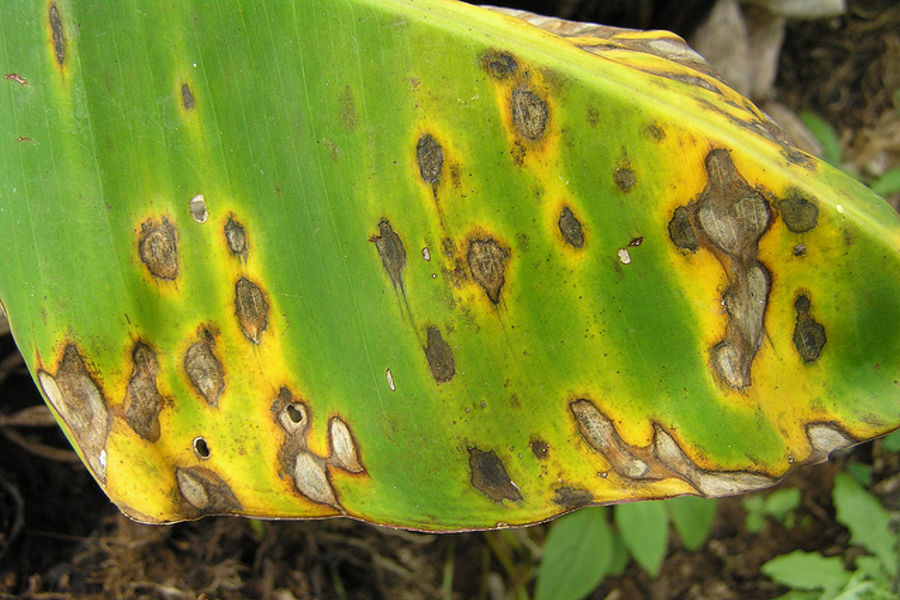Sigatoka Disease in Banana
Banana is one of the most important fruit crops, but its productivity is often reduced by Sigatoka disease, a destructive leaf spot problem that causes heavy yield losses and lowers fruit quality.
What is Sigatoka Disease?
Sigatoka is a fungal disease caused by Mycosphaerella species. It attacks banana leaves, reducing photosynthesis and leading to smaller bunches and poor-quality fruits.
Types of Sigatoka
-
Yellow Sigatoka (Mycosphaerella musicola) – Produces yellow streaks, spreads moderately.
-
Black Sigatoka (Mycosphaerella fijiensis) – More aggressive, spreads faster, and causes severe damage.
Key Symptoms
-
Yellow or brown streaks on leaves.
-
Spots enlarge, turn dark brown/black with yellow halos.
-
Leaves dry and become brittle.
-
Early-ripening, undersized bunches.
Favorable Conditions
-
Warm, humid climate (20–30°C).
-
Frequent rainfall and dew.
-
Dense plantations with poor airflow.
-
Neglected sanitation.
Impact on Banana Crop
-
Up to 30–50% yield loss.
-
Smaller, less marketable fruits.
-
Reduced shelf life and higher production costs.
Management of Sigatoka
Cultural Practices
-
Plant resistant varieties, maintain spacing, remove infected leaves, and improve field sanitation.
Nutritional Management
-
Apply balanced fertilizers with potassium and magnesium, and use soil conditioners or biostimulants.
Biological and Chemical Control
-
Bacillus Consortia (like Bacillus subtilis, Bacillus amyloliquefaciens) suppress fungi by producing antifungal compounds, blocking pathogen entry, and boosting plant resistance.
-
Agri Search Probez: A scientifically developed Bacillus consortia product that reduces Sigatoka pressure, strengthens plant defense, and provides a residue-free, sustainable solution.
-
Fungicides: In high pressure areas, rotate systemic and contact fungicides, but integrate them with biological products like Probez for long-term management.
